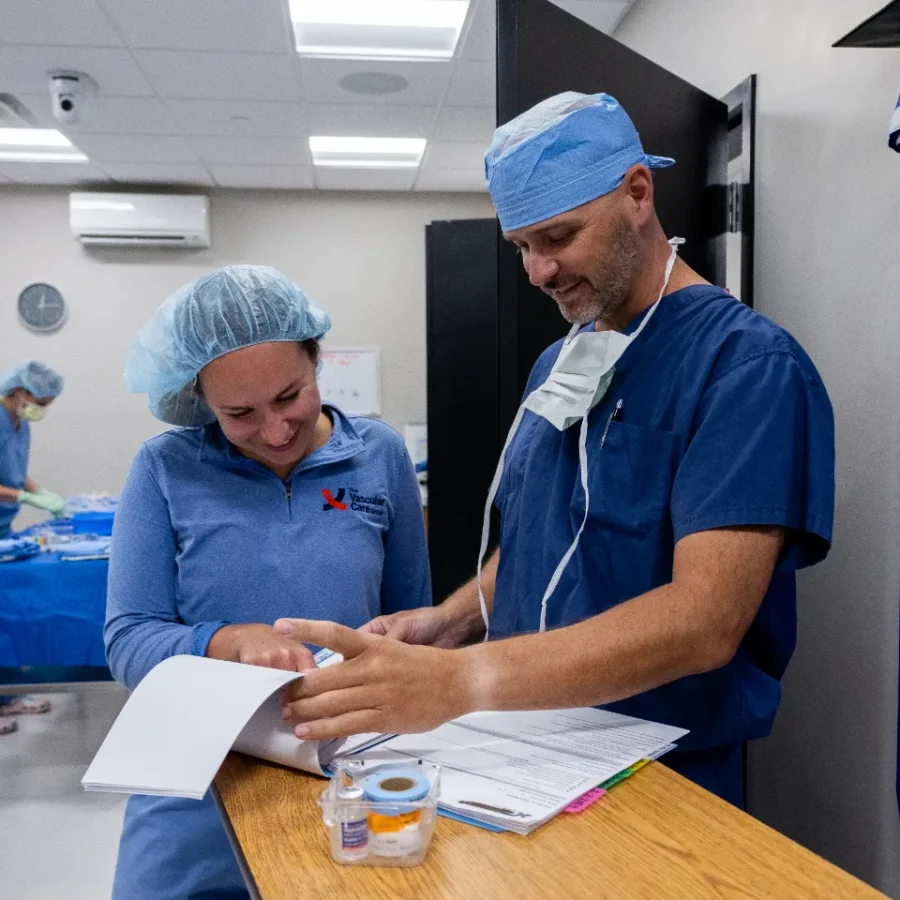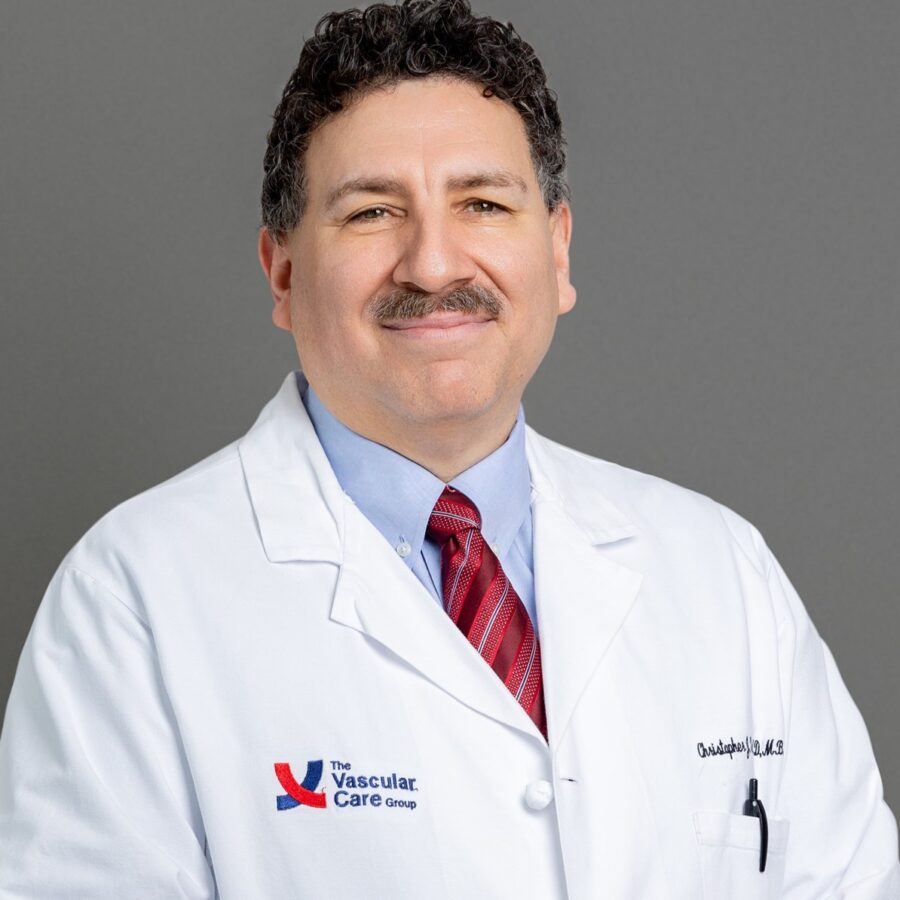Our services
From prevention to diagnosis to treatment, The Vascular Care Group provides comprehensive, accessible quality care for a broad range of vascular conditions in one convenient location. We have the resources, innovative technology, and team approach to ensure timely and exceptional care, from noninvasive diagnostic imaging and minimally invasive treatments to surgical procedures and preventative follow-up, and we do it all close to home.

Venous Disease
Identify symptoms including pain, swollen limbs, leg heaviness, skin ulcers, and varicose veins, and how they can be treated.
Diseases & treatments include:
Arterial Disease
Learn about symptoms, risk factors, and treatment of Peripheral Arterial Disease (PAD) and other arterial diseases.
Diseases & treatments include:
Knee Pain Therapy
Learn more about Geniculate Artery Embolization, a new treatment for patients with knee osteoarthritis or residual pain after knee replacement.
Malformations
The Vascular Anomalies and Malformations Program or VAMP, at The Vascular Care Group, is a highly specialized program providing management of all vascular anomalies including hemangiomas and vascular malformations.
Dialysis access
For a patient with renal failure, their dialysis fistula is their lifeline.
Services include:
Vascular Ultrasound
Our Lab is fully accredited by the Intersocietal Accreditation Commission (IAC) in extracranial cerebrovascular, peripheral arterial, and peripheral venous ultrasound.

The most respected vascular care providers in New England.
Learn more about our clinicians11
New England-based offices in Connecticut, Maine, and Massachusetts.
32
Board-certified vascular care clinicians providing you with high-quality care.
3
IAC Accreditations including Vascular Testing, Vascular Intervention and Vein Center.